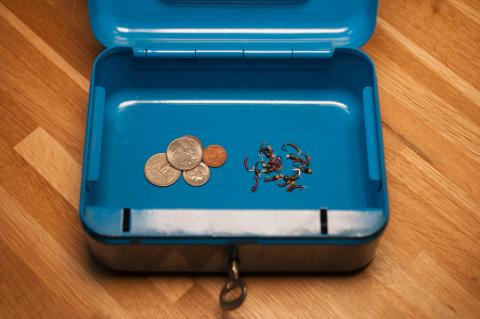I am thinking of having "GFF summit" tattooed on my casting arm!
Great article and pictures but most of all - a warm sincere thanks to all that attended.
See you next year. I have an appointment with many of the fish that I released!!!
Ripley
- Log in to post comments

